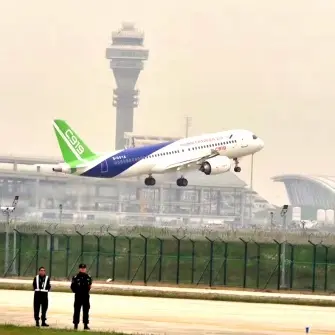Europe proposes new UAV safety rules

TIN news: The European Aviation Safety Agency (EASA) has launched proposals to regulate the operation of small drones, or unmanned aerial vehicles (UAVs), in the continent.
The aviation community is concerned that even small members of the UAV family could cause an accident if they smash a flight deck window or are ingested into an aircraft’s engine at a critical moment of a flight.
EASA said it believes the proposals will provide a framework for the safe operation of drones while allowing the young drone industry to innovate and continue to grow.
The proposed regulation defines technical and operational requirements for drones, including means of remotely identifying the craft and keeping them away from sensitive areas around airports by means of geofencing, in which software embedded in the UAVs’ navigation systems prohibit them flying within forbidden zones.
The proposal also addresses UAV pilots’ qualifications and proposes that all drone operators will have to register themselves, except if operating craft lighter than 250 grams (8.8 oz.).
This proposal suggests all drones meeting these technical requirements should carry the CE (Conformité européenne) marking.
This marking will be accompanied by a classification of the drone in one of five categories from C0 to C4 and by a leaflet setting out good practice that will be included with all newly purchased drones. Based on the drone’s class, an operator will know in which area he or she can operate and what level of competence is required to do so.
The proposal allows a high degree of flexibility for EASA member states, which will be able to define zones in their national territory where either UAV operations are prohibited or restricted, or where a lower level of regulation is required.
For operations that pose higher risks, an operational risk assessment will define the requirements that the operator needs to comply with before flying the UAV.
The proposal also provides lighter regulation for people flying “traditional” model aircraft, to recognize the good safety record of those practitioners.
The Notice of Proposed Amendment proposal has been developed with the support of representatives of EASA member states, the UAV industry, UAV operators, aviation representatives and aero-modeling associations.
Comments on the proposed rules from interested parties will be accepted until Aug. 12. EASA will submit a final proposal incorporating this feedback to the European Commission at the end of 2017.















![AIRBUS A380 [MORE THAN 600 PASSENGER’S CAPACITY PLANE]](https://cdn.tinn.ir/thumbnail/4jCp4EQvCU0b/IjHVrSYQrIAqIzXuTzADR7qLYX4idQT4nfq__26E5SCUPLMqfhWkWajvuO9Wfq1ql1TjV4dhkrHliNQU82kMpo2NNftT_NGEwHc9KXtN_rk731bmifa2IQ,,/airbus-a380-structure1.jpg)

Send Comment